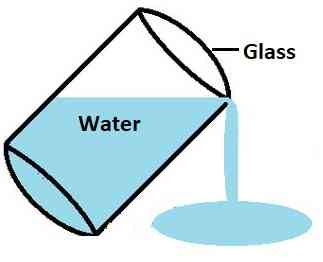This article is about Free Energy is Myths Vs Reality and how to understand energy conversation.
Some people think energy come from nothing.
This is called “free energy.”
But science say energy not come from nowhere.
This rule name is Law of Conservation of Energy.
In this article we will talk about Free Energy is Myths Vs Reality and how energy works in real life.
Before these ideas help a lot, but for now we use them in new ways and at new places.
Think of thief who rob a bank.
How much money he take? He takes all coins and notes.

This how Law of Conservation of Energy works.
It says we cannot get extra energy.
Idea is not hard to understand.
Now think of glass full of water.

How much water can we spill?
We think all of it? Right?
But truth is little water stick to glass.
This shows simple ideas but is not always perfect.
Science often talk about clean, closed systems like glass with only water and gravity.
In that case yes we can drain all water.
But real world is not so simple!
Air, heat and more things make it messy.
So science ideas work easy in clean setups but not same in real life.
There are always outside things changing result.
Now think again about a glass under running tap.

If we keep water running into glass then it holds more than before.
This feels strange for not what we expect from glass and water.
Same is with the energy.
Law says we cannot get more energy than we put in.
But real life does not always look that way.
Like windmill grind grain with no human help.
Sailboat goes around the world with no fuel needed.
Truth is energy must come from somewhere inside or added from outside.
That is real meaning of energy conservation.
Wind gives energy to sailboat but not all push the boat.
Some make noise and some make waves.
Some tools called “free energy devices” look like they make more energy than they use.
But scientists say they do not break the rule.
They just need better explanation.
Conclusion:
Even if not perfect in real life but energy conservation rule is still important in science.
Real world is not clean than simple models.
Some people wrongly think they can make free energy machines that break this law.
But we must remember this rule depends on situation.
It often ignores outside forces or wasted energy.
If we know these limits we can better match science ideas with what we see in real world.
Leave a Reply